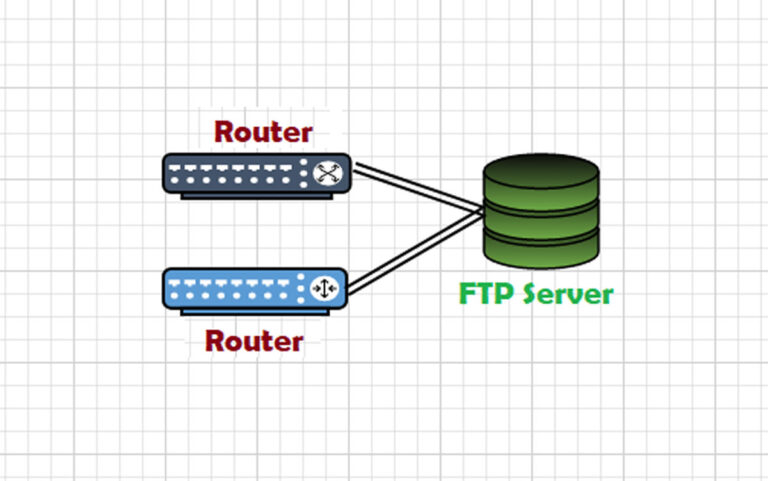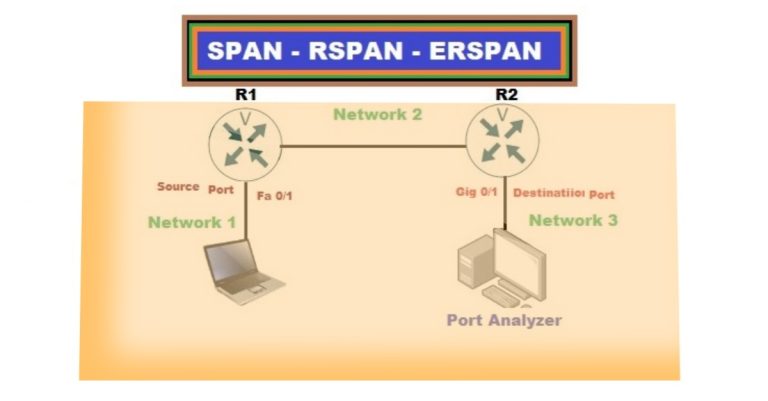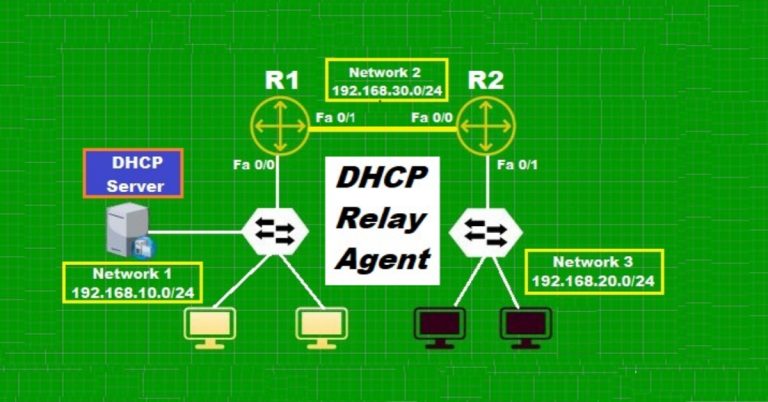How To Differentiate Between EIGRP Feasible And Advertised Distance?
Introduction
EIGRP Feasible Distance and advertised distances are important in finding the best path from source to destination in EIGRP internetwork. Moreover, the link cost finds the path from source to destination in a network.
EIGRP Feasible Distance
Based on the lowest cost metric, the EIGRP enters its best route into its routing table. Specifically, the lowest cost is measured based on feasible distance, which is the total cost from source to destination. This cost is known as feasible distance, e.g. The Feasible distance from R0 to R5 in path 1 (R0-R1-R3-R5) is 15+6+7=28 in the below diagram.
EIGRP Advertised Distance
It is another cost or distance in EIGRP, which defines the total cost starting from neighbor to destination. e.g. The Advertised Distance from R1 to R5 (R1>R3>R5) is 6+7=13 in the below diagram. The EIGRP advertised distance is also known as reported distance.

I) Successor
We call the best and shortest path from source to destination the Successor, for example.
| Path | Route | Advertised Distance | Feasible Distance |
| Path 1 | R0-R1-R3-R5 | 13 | 28 |
| Path 2 | R0-R6-R5 | 10 | 30 |
| Path 1 | R0-R2-R4-R5 | 40 | 50 |
So path 1 will be elected as the successor because it has the lowest feasible distance.
2) Feasible Successor
The 2nd best route or path will be elected as a Feasible successor. Still, for the selection of a feasible successor, there is a condition that states that “to become a feasible successor, the advertised distance of that path or route will be less than the feasible distance of successor”. This condition is known as the feasibility condition.
There are three paths which are Path 1, Path 2, and Path 3. As Path 1 is elected as successor, Path 2 and Path 3 will be elected as feasible successor but first, we are going to check the feasibility condition.
| Path | Route | Advertised Distance | Feasible Distance |
| Path 1 | R0-R1-R3-R5 | 13 | 28 |
| Path 2 | R0-R6-R5 | 10 | 30 |
| Path 3 | R0-R2-R4-R5 | 40 | 50 |
As the Advertised distance of Path 2 is less than the feasible distance of the successor (Path 1), So Path 2 will be elected as the Feasible Successor.
Now take the 3rd Path, path three advertised distance is greater than the successor (Path 1), so it doesn’t meet the feasibility condition. It will not be elected as a feasible successor.
Feasibility Condition
The feasibility condition states that a route will not be placed in the topology table if its advertised or reported distance exceeds the feasible distance of the successor.
Impact of F.D and A.D on Topology and Routing Table
Topology Table
The topology table stores all the successor and feasible successor paths. It doesn’t store those paths that don’t fulfill the feasibility condition. In our case, the topology table stores only Path 1 and Path 2, But it will not store Path 3, because it doesn’t fulfill the feasibility condition.
| Path | Route | Advertised Distance | Feasible Distance |
| Path 1 | R0-R1-R3-R5 | 13 | 28 |
| Path 2 | R0-R6-R5 | 10 | 30 |
Routing Table
The routing table installs only the successor routes. The best path in the above diagram is path 1, so it will install it in its routing table.
| Path | Route | Advertised Distance | Feasible Distance |
| Path 1 | R0-R1-R3-R5 | 13 | 28 |






Thank you, your article surprised me, there is such an excellent point of view. Thank you for sharing, I learned a lot.